Why I’m Here – Part Two: Some Thoughts on Old Books and Appendix N
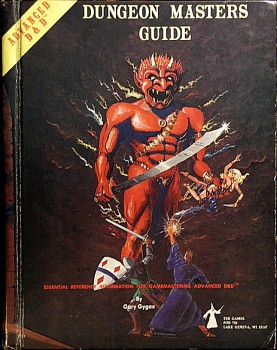 Four years ago, I posted an explanation of what I’m trying to do with my reviews for Black Gate. My stated goal was, and remains, to be someone who says to readers, “Here’s a book I think you’ll get a kick out of.” There were several people who did that for me, turning me on to books and authors I still hold dear, and I want to do that for others. Like most fans of something, I want to convince people the things I like are worth their time and are still relevant.
Four years ago, I posted an explanation of what I’m trying to do with my reviews for Black Gate. My stated goal was, and remains, to be someone who says to readers, “Here’s a book I think you’ll get a kick out of.” There were several people who did that for me, turning me on to books and authors I still hold dear, and I want to do that for others. Like most fans of something, I want to convince people the things I like are worth their time and are still relevant.
It can be hard to pierce the barrier built of cultural noise, the vast wealth of new fantasy being written every year, and the simple passage of time, and convince someone a book that’s fifty years old or more is worth his time. Pop culture reflects the larger society that produces it, and people want to see their concerns and interests in it. That people still read Sir Arthur Conan Doyle and Robert E. Howard more than eighty years after both their deaths, though, tells me it’s not a hopeless battle.
I’m not the only person doing this, not by any stretch of the imagination. Of particular interest has been the wealth of discussion about Appendix N that has taken place over the past five or six years on message boards, blogs, and podcasts. For the two of you who don’t know what Appendix N is, it’s a quirky list of fantasy and sci-fi books that inspired Gary Gygax, the primary creator of D&D. There are few works on it I haven’t got to, though I was recently taken to task for my negligence of A. Merritt.
The list was in the Dungeon Masters Guide. Back in the day, it didn’t mean too much to me, only because I’d already read most of the authors on the list, and so had most of my gaming friends. Still, it was cool to see Gygax liked the same books we did. Because so much of the present Appendix N conversation has tended to focus on gaming, something I don’t do anymore, I’ve mostly just listened. Other than a couple of conversations about individual books, I’ve sat off to the side.
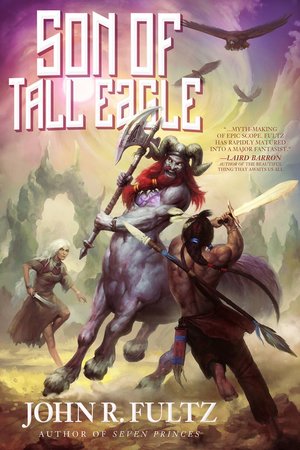
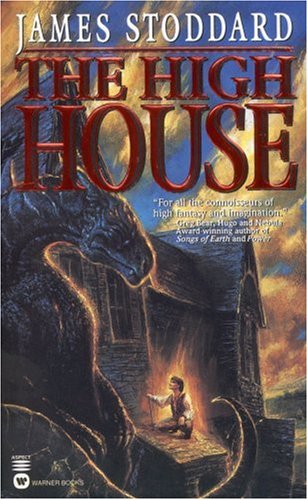
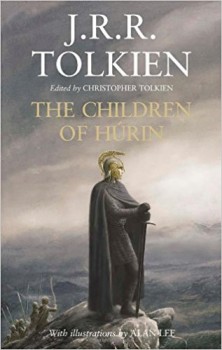
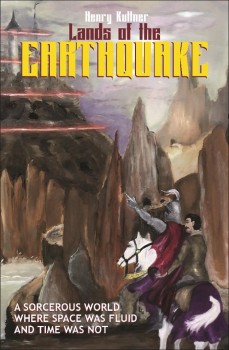
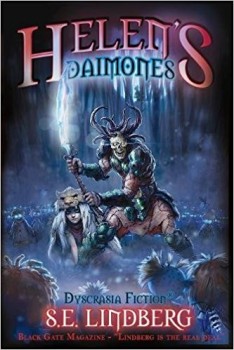

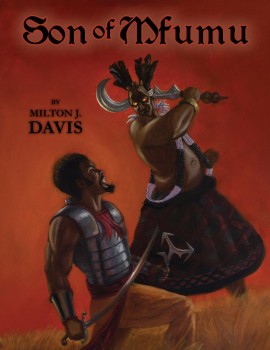
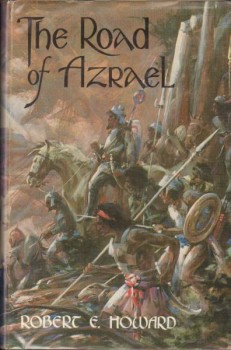
![a-wizard-s-henchman-hardcover-by-matthew-hughes-[3]-3997-p](https://www.blackgate.com/wp-content/uploads/2017/11/a-wizard-s-henchman-hardcover-by-matthew-hughes-3-3997-p-251x350.jpg)